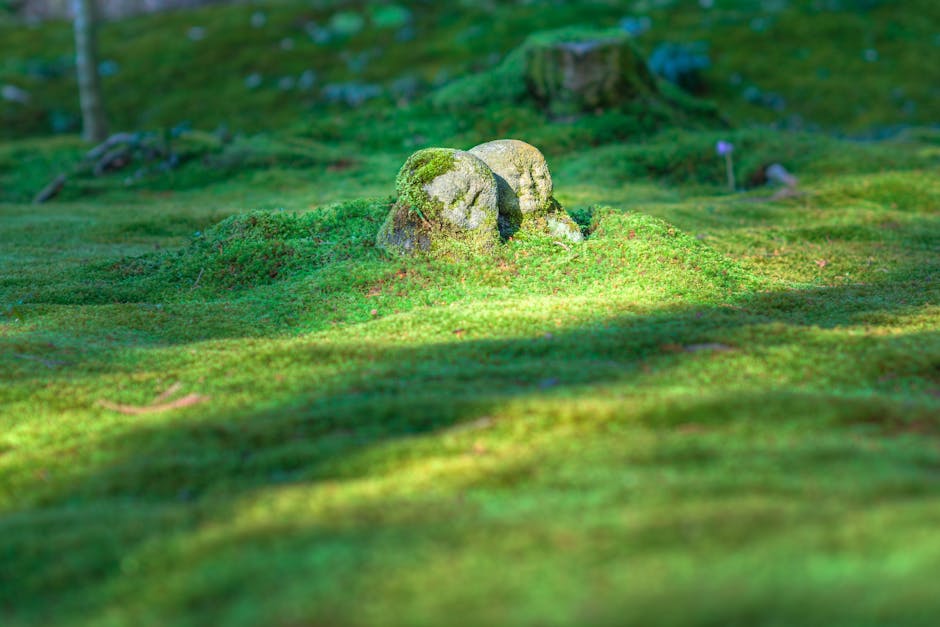
The announcement that Hikawa Kiyoshi will return to the stage for a Zachō Kōen (lead performance) after three and a half years has sent ripples of excitement through fans. Even more thrilling is the revelation that he will portray a Sengoku Bushō (Sengoku period warlord), with the main visual and all cast members revealed. For us historians, this news is a tantalizing gateway back to one of Japan's most dramatic and transformative eras – the Age of Warring States. Let us step back in time and explore the world these legendary figures inhabited.
The Sengoku Period: An Era Forged in Fire and Ambition
Imagine Japan in the 15th to 17th centuries. The central government's authority had crumbled, and the land was fragmented into countless domains, each ruled by ambitious daimyo. This was the Sengoku Period, a time of relentless conflict, shifting alliances, and breathtaking individual sagas. It was an age when a man's cunning, courage, and strategic brilliance could elevate him from obscurity to national unifier, only to be cast down by betrayal or a more formidable rival.
This era gave birth to legends like Oda Nobunaga, the "Demon King" who revolutionized warfare; Toyotomi Hideyoshi, the peasant who rose to rule Japan; and Tokugawa Ieyasu, the patient strategist who finally ushered in two centuries of peace. Their stories are not just tales of battles; they are intricate narratives of human drama, where loyalty was tested, innovation was crucial, and the ultimate prize was the unification of a fractured nation. The very air must have crackled with ambition, fear, and the thrill of the unknown.
Castles: Silent Witnesses to Strategy and Survival
At the heart of the Sengoku period's drama stood the Japanese castles, or shiro. These were far more than mere fortifications; they were the physical embodiments of a warlord's power, wealth, and strategic genius. As Hikawa Kiyoshi prepares to step into the shoes of a Sengoku Bushō, it’s worth considering the world these fortresses represented.
Picture yourself on a cold, strategic mountaintop, overlooking vast rice fields and winding rivers. Here, a castle might be built, its stone foundations meticulously crafted, its wooden structures soaring towards the sky. From these imposing structures, warlords would command their armies, host lavish banquets, and conduct intricate political negotiations. Every aspect of a castle, from the steep, unscalable stone walls (ishigaki) to the complex maze of gates and inner courtyards, was designed for defense and psychological impact.
Imagine the tension within those walls during a siege. The clang of swords, the cries of battle, the desperate strategies devised in the main keep (tenshu). Castles like Himeji, Matsumoto, and Osaka stand today as magnificent testaments to the architectural prowess and strategic thinking of that age. They tell stories of resilience, of calculated risks, and of the unyielding will to survive and conquer. They shaped the landscape, influencing trade routes, regional power dynamics, and the very flow of history.
The Enduring Legacy of the Warlord
The allure of the Sengoku Bushō remains undiminished in modern Japan. These figures, with their complex personalities, their triumphs, and their tragic downfalls, continue to inspire countless stories, films, and stage productions. They embody a spirit of determination, innovation, and leadership that resonates even today. The castles they built draw millions of tourists, serving as tangible links to a dramatic past, while their strategies are still studied in military academies and business schools.
When we see the main visual for Hikawa Kiyoshi's new Zachō Kōen, depicting him as a Sengoku Bushō, it's more than just a theatrical image. It's an invitation to reconnect with this profound period of Japanese history. It's an opportunity to experience the drama, the strategic brilliance, and the human ambition that defined an era. The revealing of all cast members promises a rich tapestry of characters who will bring these historical figures to life, allowing us to feel the echoes of the past as if we truly traveled back three and a half years and more, to the very heart of the Warring States.
This performance is not just entertainment; it's a vibrant continuation of a legacy, ensuring that the tales of Japan's legendary warlords and their magnificent castles continue to captivate and educate new generations, making history feel alive and immediate.
Comments
Post a Comment